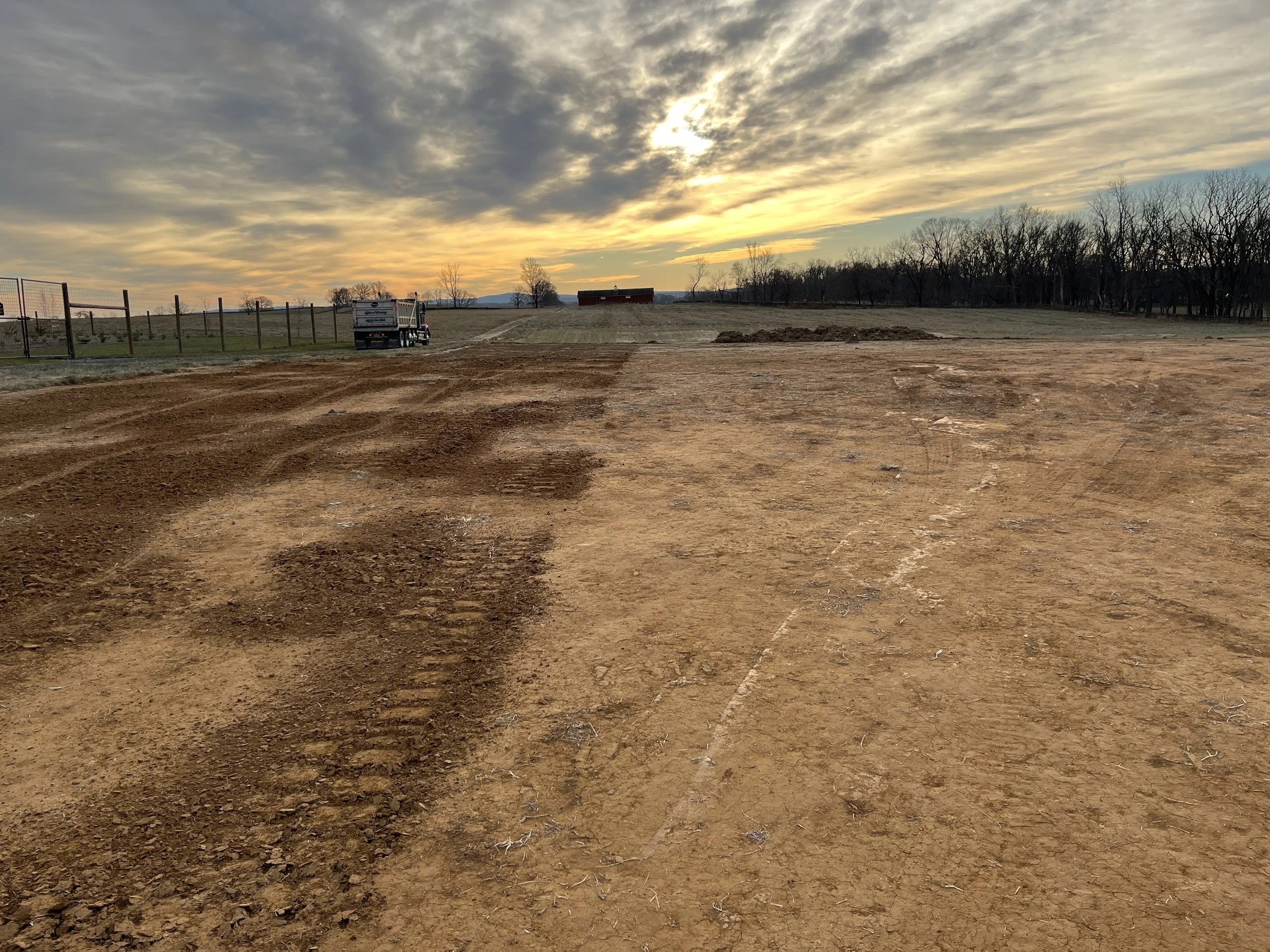Organic Meadow Restoration Project- A Deep Dive
OSGF
We sat down with our Head of Biodiversity Conservation, Charlotte Lorick, to gain deeper insight into the organic meadow restoration project underway at Oak Spring. This initiative aims to revive native plant species, enhance habitat for pollinators, and promote sustainable land management practices. Through a blend of traditional knowledge and modern ecological techniques, the project reflects our commitment to preserving biodiversity and fostering resilient ecosystems on the estate.
What was the goal for the project?
Our goal was to create a native meadow without the use of any herbicides or chemical inputs. The standard approach to meadow installation employs herbicide to prep the field for planting and also for spot spraying undesirable species on an ongoing basis for maintenance.
But we wanted to try a chemical-free, aka “organic” approach.
The recommended method for organic meadow installation is typically aggressive tilling and/or plowing the field many times to prep the seedbed. However, this method has many downsides because of heavy/deep soil disturbance, which damages soil integrity and promotes weeds. So we wanted to avoid that approach too.
So what did we try instead?
Sod removal. This was a bit cutting edge (no pun intended) because although sod removal is standard for small scale planting or garden establishment, we have not seen this approach used at the larger scale meadow scale we were going for.
Since one of our goals here at OSGF is to experiment with new and improved methods or techniques for conservation land stewardship, we decided to give it a try! Now we can share what we learned with our community.
What steps were involved in the overall plan and design?
Step 1 - Select a site. Most people think that’s straightforward, but actually a lot of thought should go into it. I chose a site that had minimal invasive species pressure compared to some other areas. At OSGF, one invasive species we have to contend with a lot is creeping thistle (Cirsium arvense). This plant is a tenacious rhizomatous perennial so to set us up for more chances for success I selected a location where its presence was very minimal.


Step 2 - Conduct formal baseline plant surveys to have a record of vegetation community to compare to down the road and to give a more detailed picture of the balance of native, introduced, or invasive species already present.
Step 3 - Prep the ground for planting. For this project we chose sod removal as our method to remove existing vegetation and create bare soil for good seed/soil contact. Since the sod removal created a smooth and somewhat compact surface we scratched up the soil bed to make the surface a bit rougher and looser to improve soil-seed contact.
Photo of the left side after raking the top surface of the soil to loosen and improve seed/soil contact
Step 4 - Seeding. We hand-broadcasted our native seed mix followed by a cover crop of winter rye and oats. We then blew straw over the field to protect seeds and prevent possible erosion over winter.
Photo of cover crop starting to sprout out of the straw covered field
Step 5 - Monitoring and Maintenance. Most people think that once seeding is done, then our work is done and establishment is complete. But we consider the first 2-3 years the establishment period which requires regular attention and participation.
What species did you sow? What species were included in the seed mix?
We designed seed mix with the following priorities:
A mix of grasses and wildflowers native to Virginia. We chose shorter species and left out aggressive ones since we wanted this meadow to be shorter in height here to match the landscape aesthetic we are aiming for.
Mix of mostly perennials, but also a decent amount of annuals and biennials mixed in. Annuals and biennials germinate quickly and hold space (i.e. outcompete weed volunteers) until the perennials start to mature more down the road.
Was it successful? What were the key takeaways and would we do it again this way?
There’s a lot of ways to define success depending on the specific aesthetic and ecological goals unique to each landowner. So here’s my take on it….Based on two growing seasons worth of monitoring post planting, I would say this is a huge success. Seriously I can hardly contain my excitement for how this meadow is progressing. Year one it looked amazing and now we are finishing year two and it’s even better!
Regular plant surveys have been key to helping me understand how it's progressing and whether it is a success or not. We have documented over half of the native species we have seeded already and many native volunteer species are thriving there as well. And the most exciting thing for me was that not only did we see excellent germination of a variety of species but many of the perennials in the mix were even flowering in years one and two.
The downside of course is that we learned sod removal was really labor intensive and required a lot of effort to remove and move material on such a large area. So would we do it again this way? Yes, but we will most likely focus on smaller areas at a time.
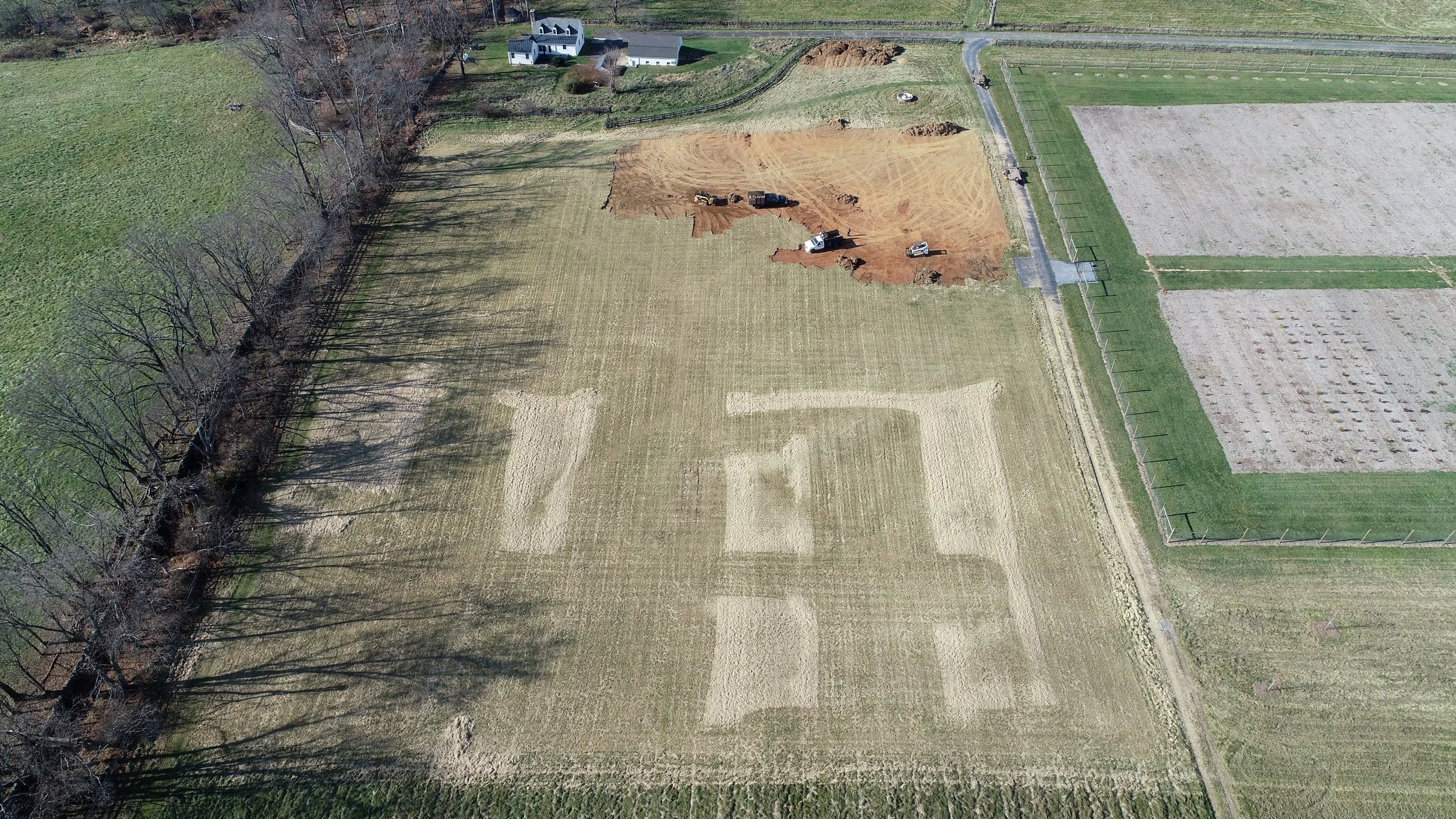
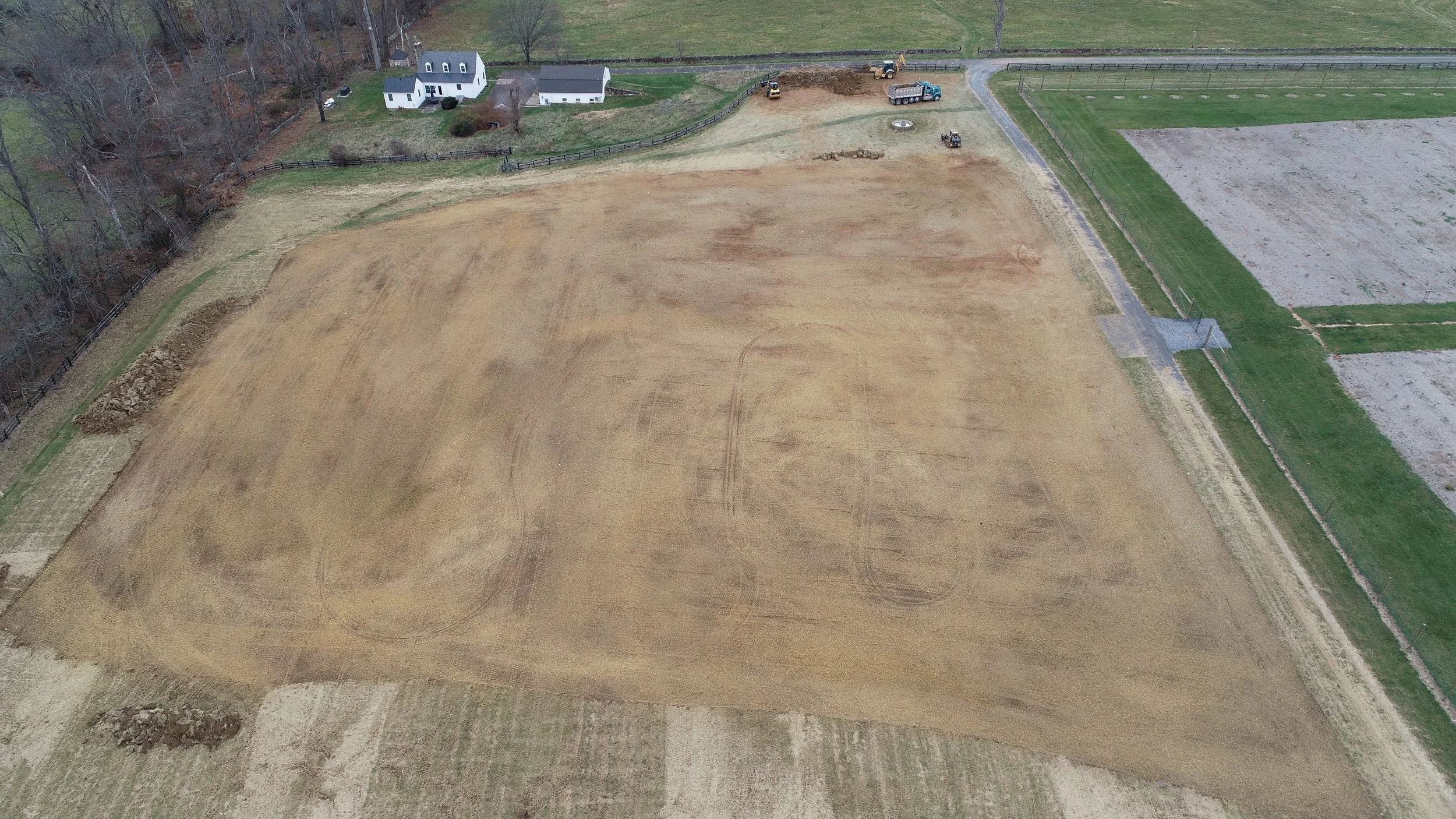
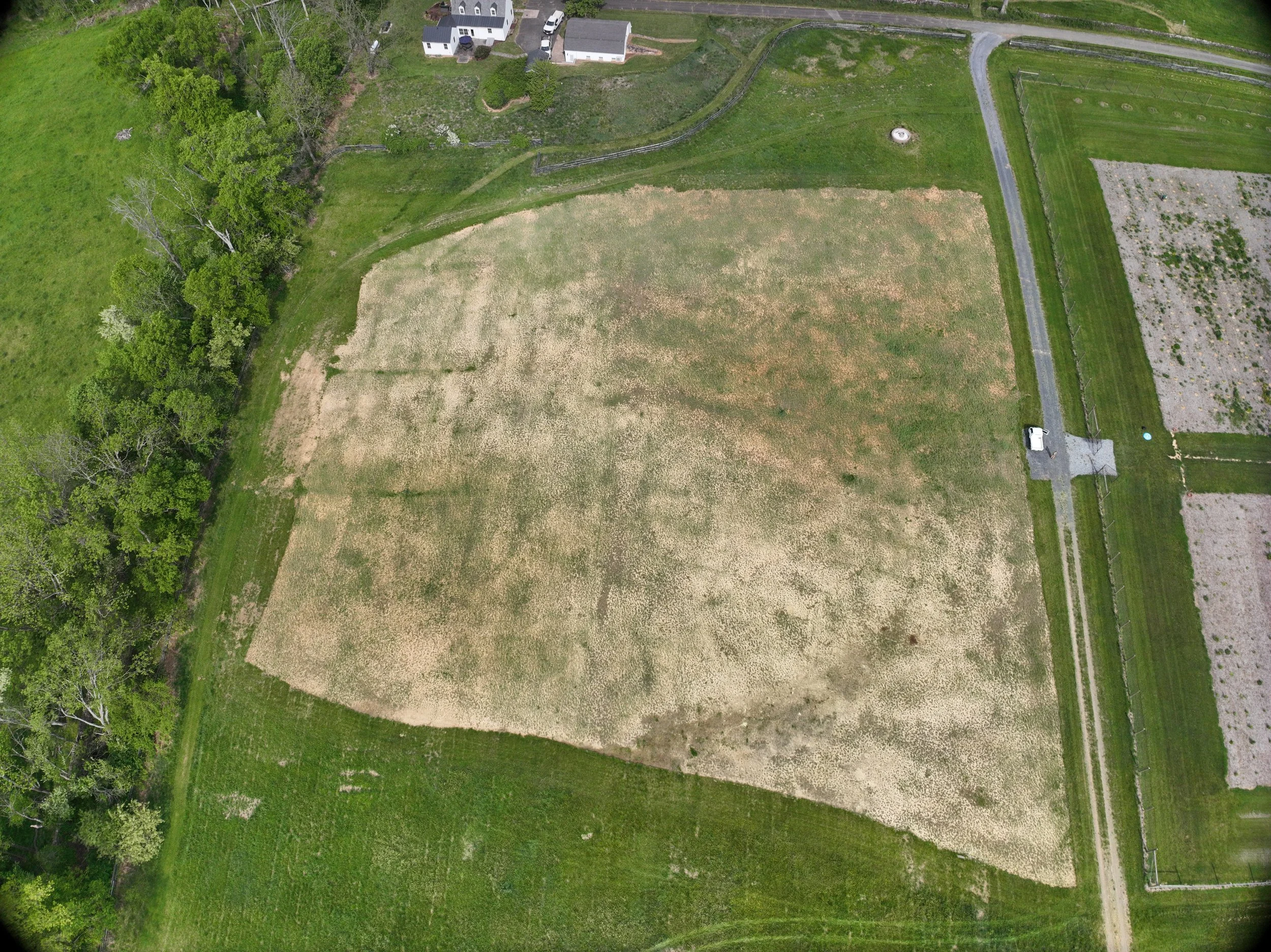
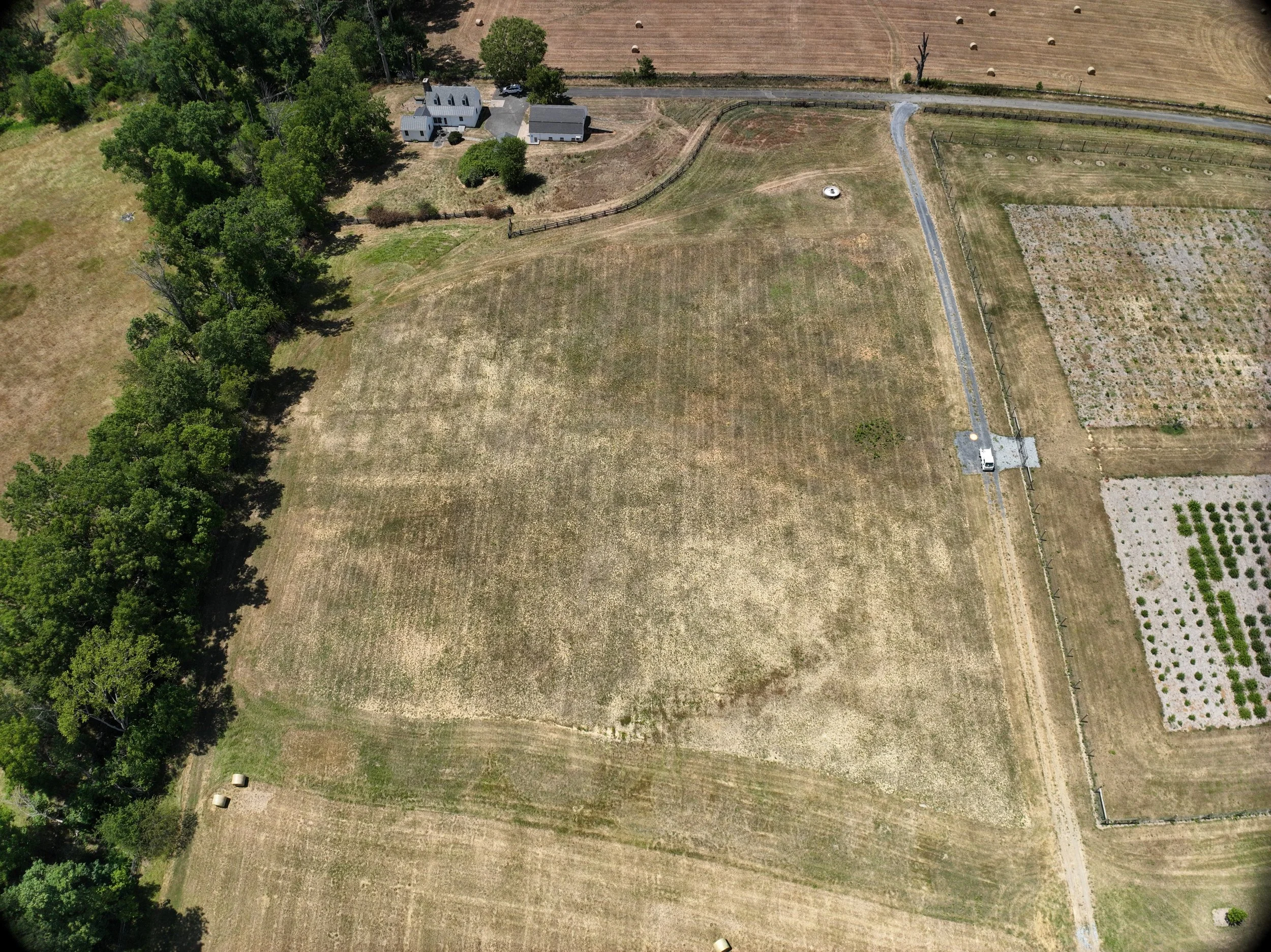
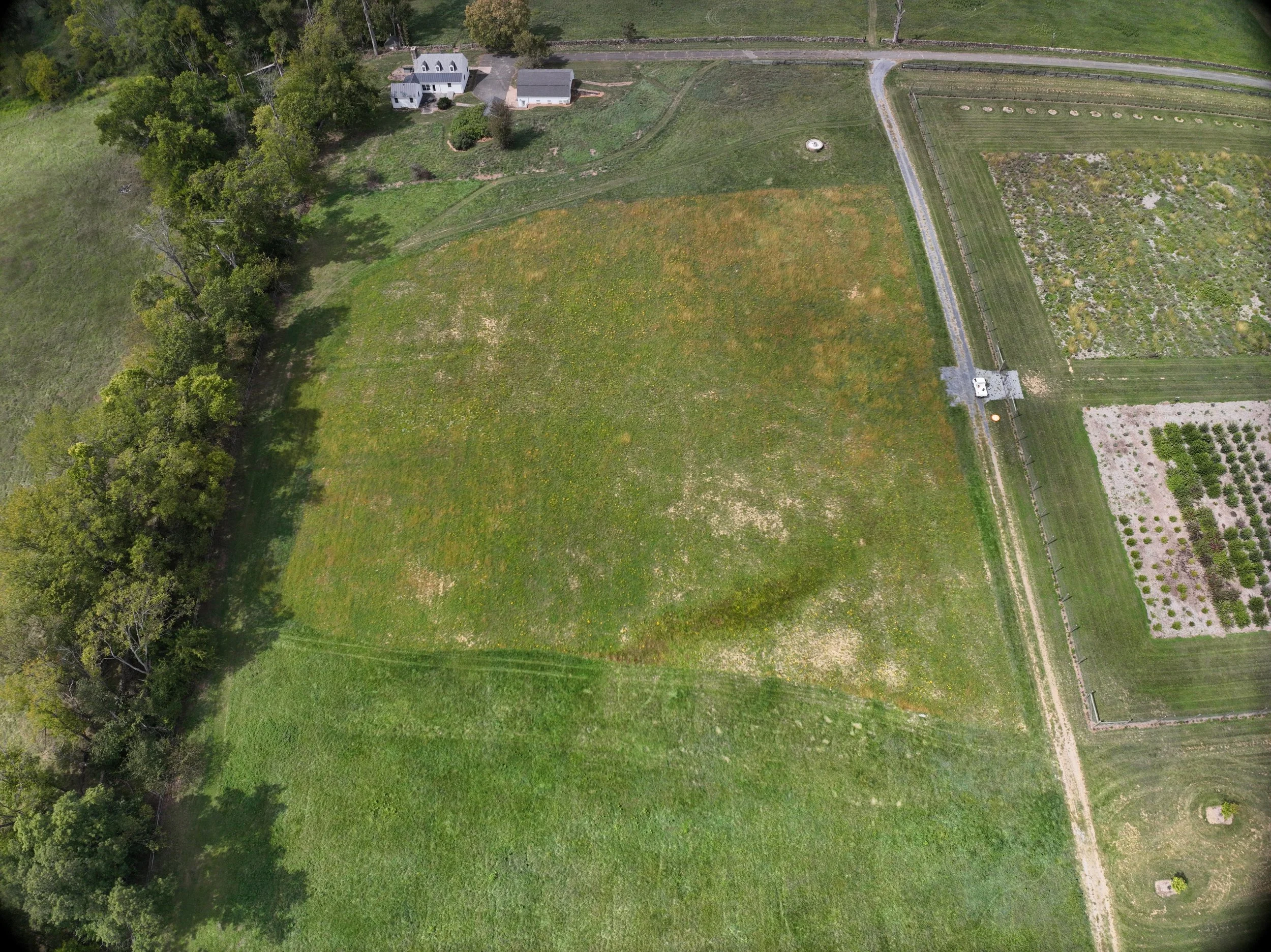
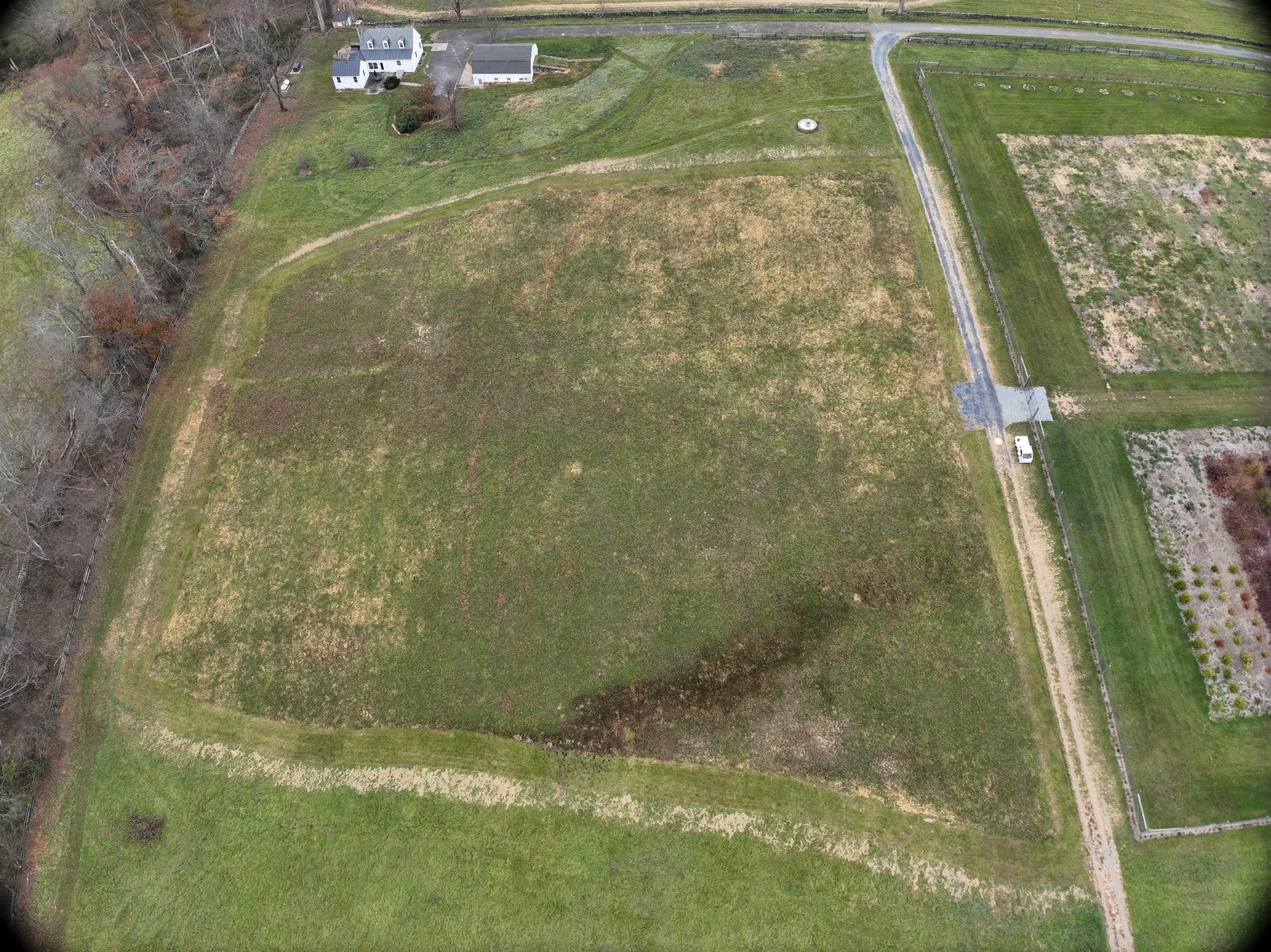
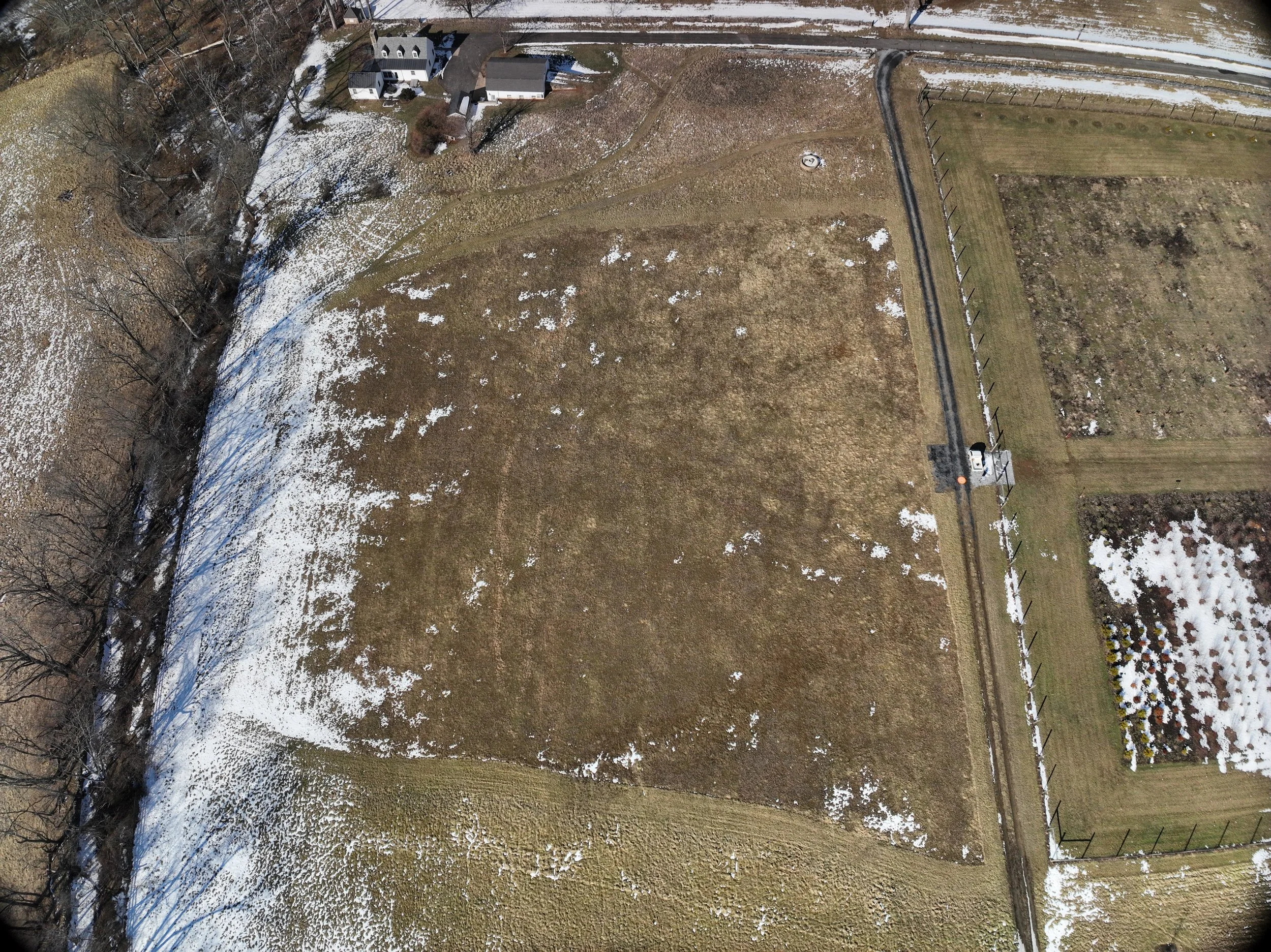

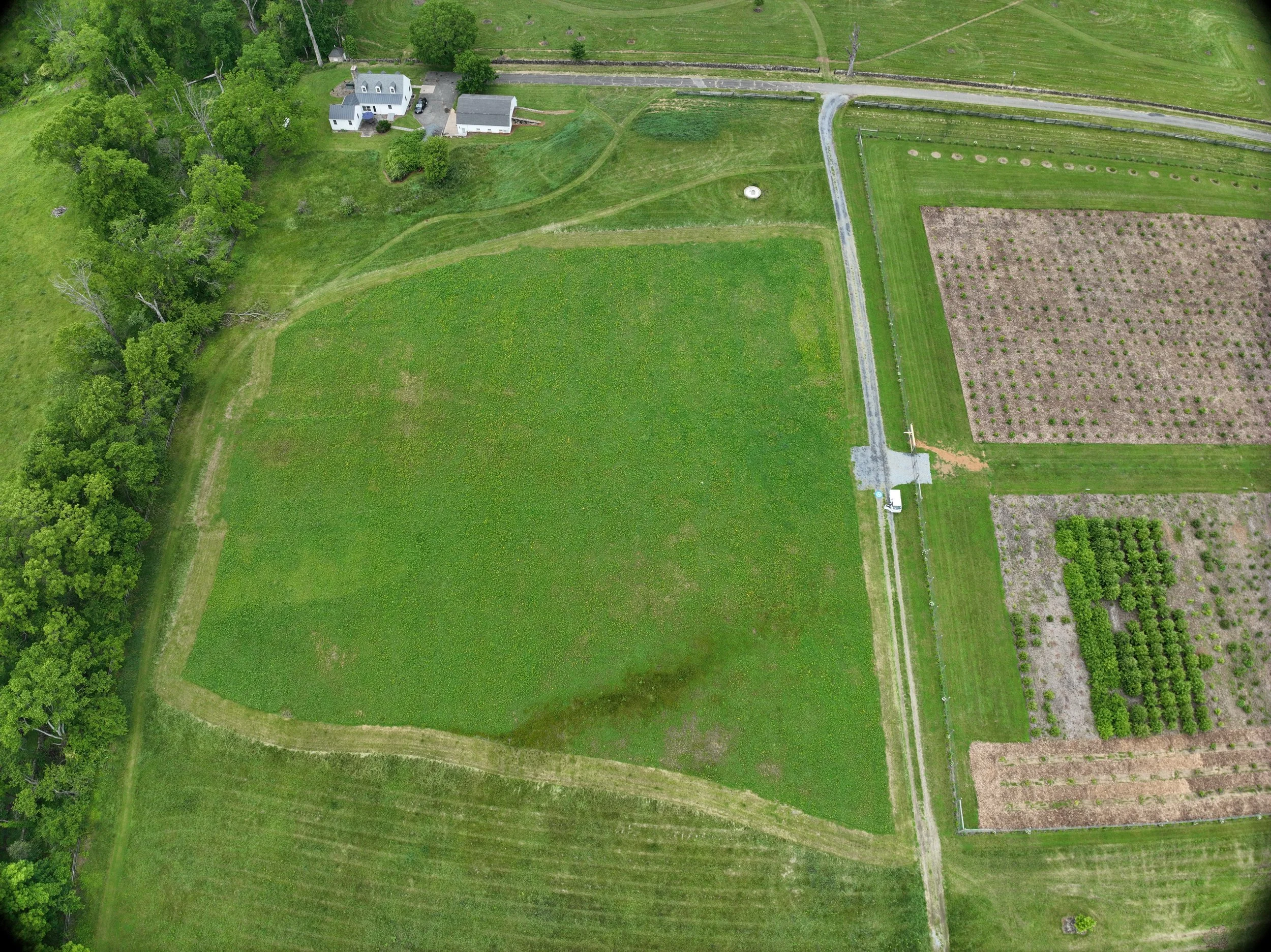
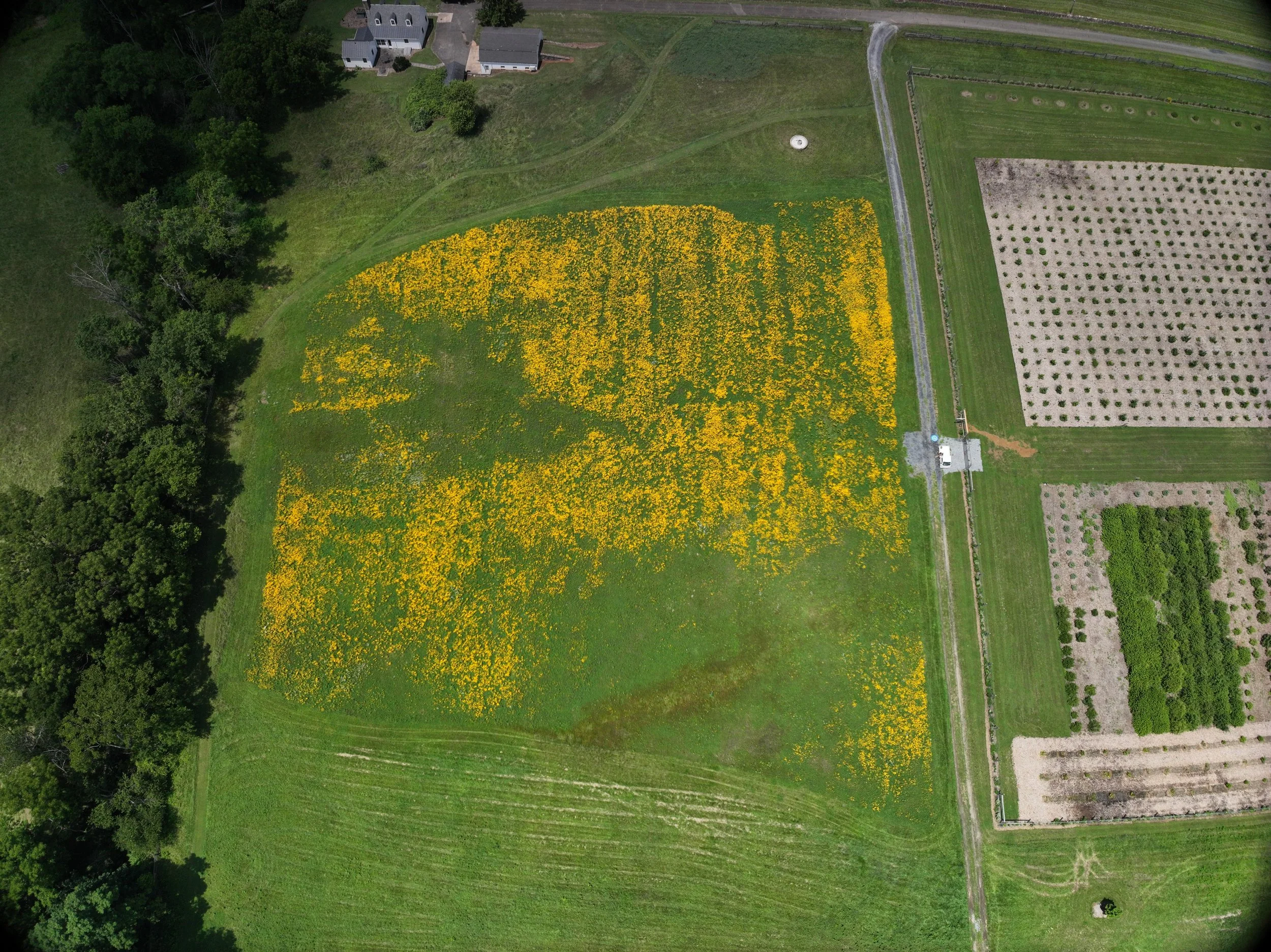
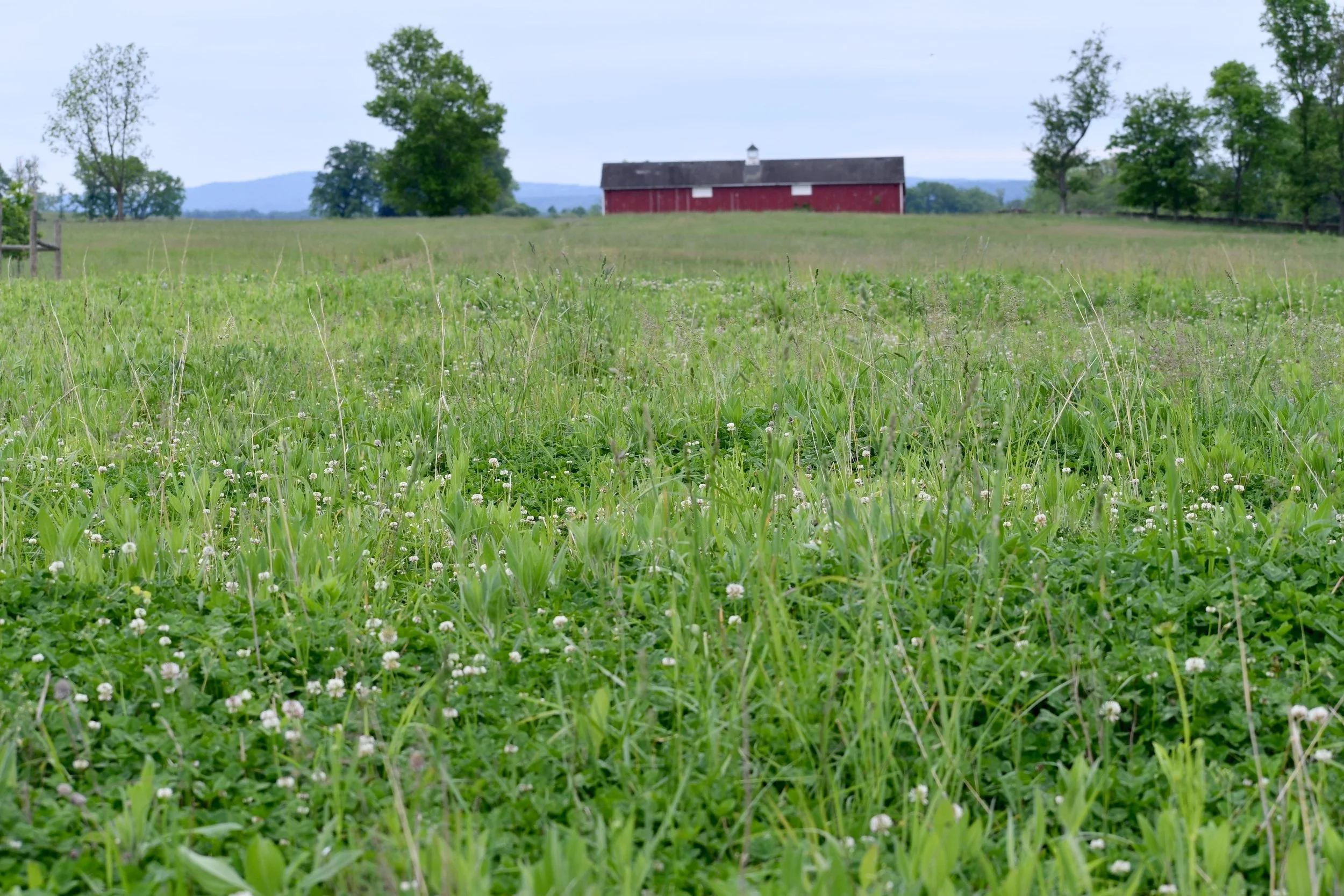

How are you preparing the meadow for the fall/winter?
We are leaving it tall throughout the winter to provide food (seed) and protective cover for wildlife and also to allow the large number of native plants to re-seed themselves. This decision however depends on a close inspection of the field. If there were a large number of problematic plants, such as invasive species like thistles, we would mow or spot mow.
What advice would you give someone at home starting their own meadow?
The biggest piece of advice I can give is that meadow establishment requires your direct participation, regularly, and beyond the initial seeding phase.
I consider the establishment period to be the first two to three years (at least). Seeded plants take time to mature and the more we monitor the meadow with regular (even monthly) visits the better so we can read this situation and intervene/manage where appropriate.
Remove invasive plants as soon as they pop up so they dont become a problem down the road




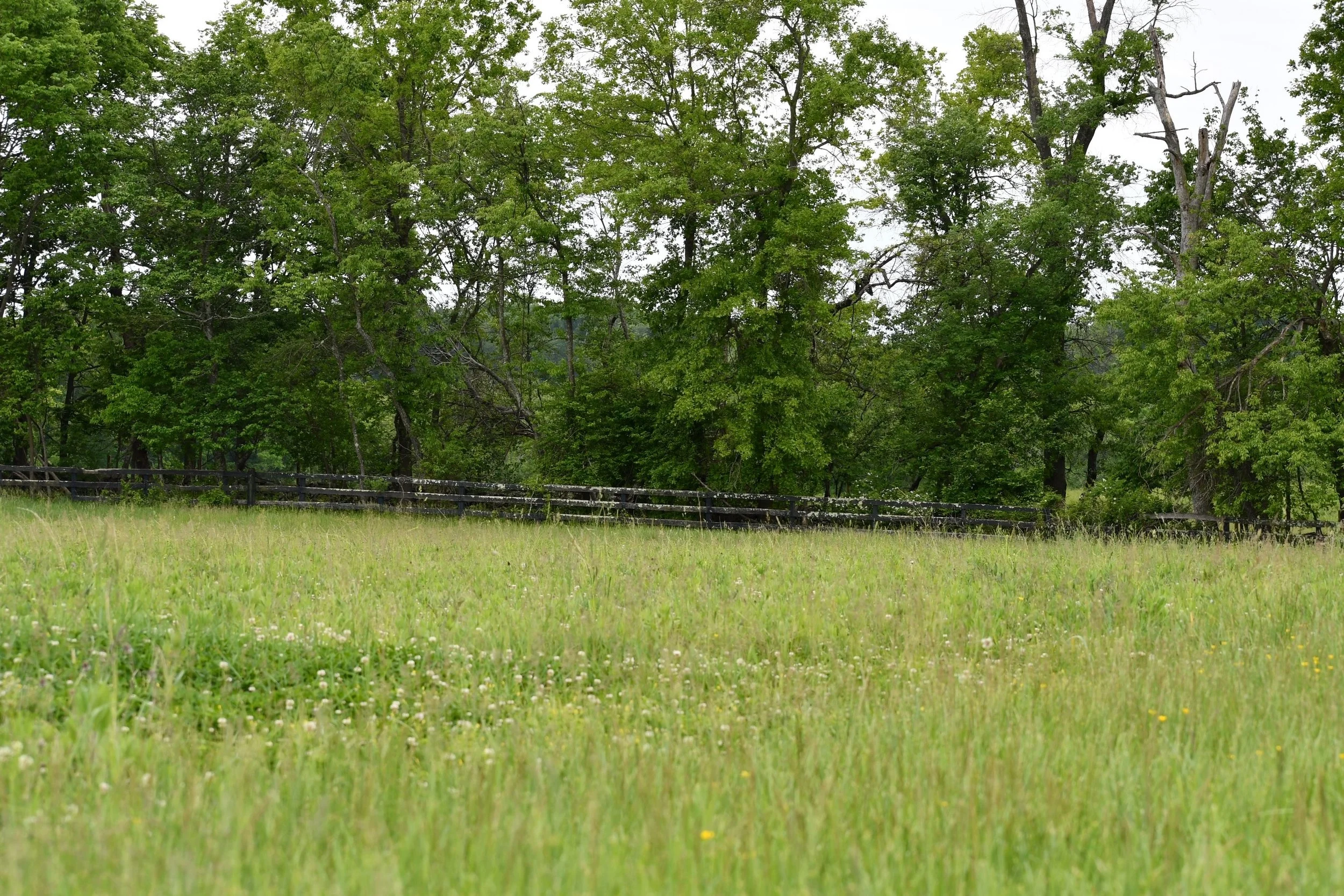





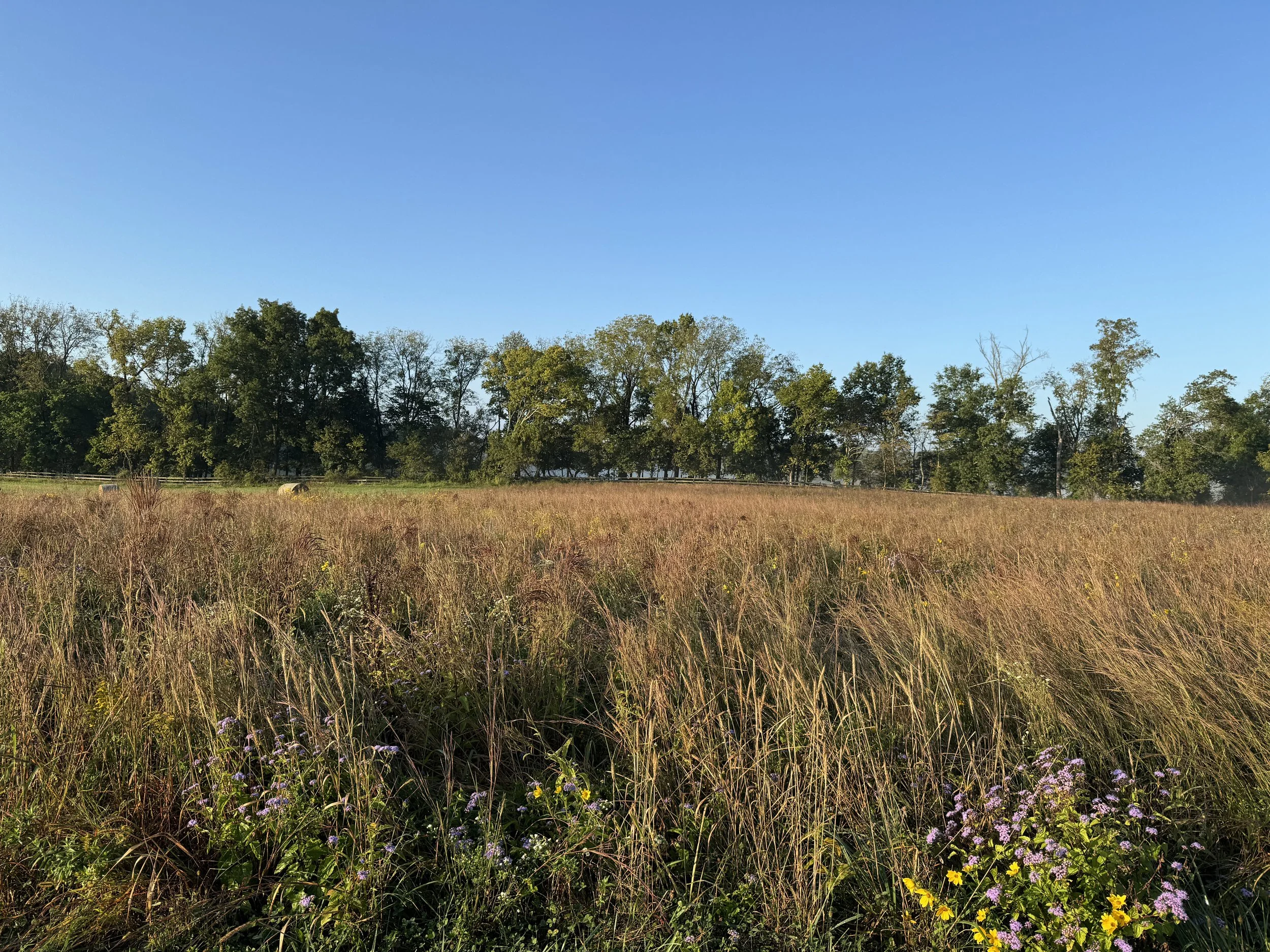
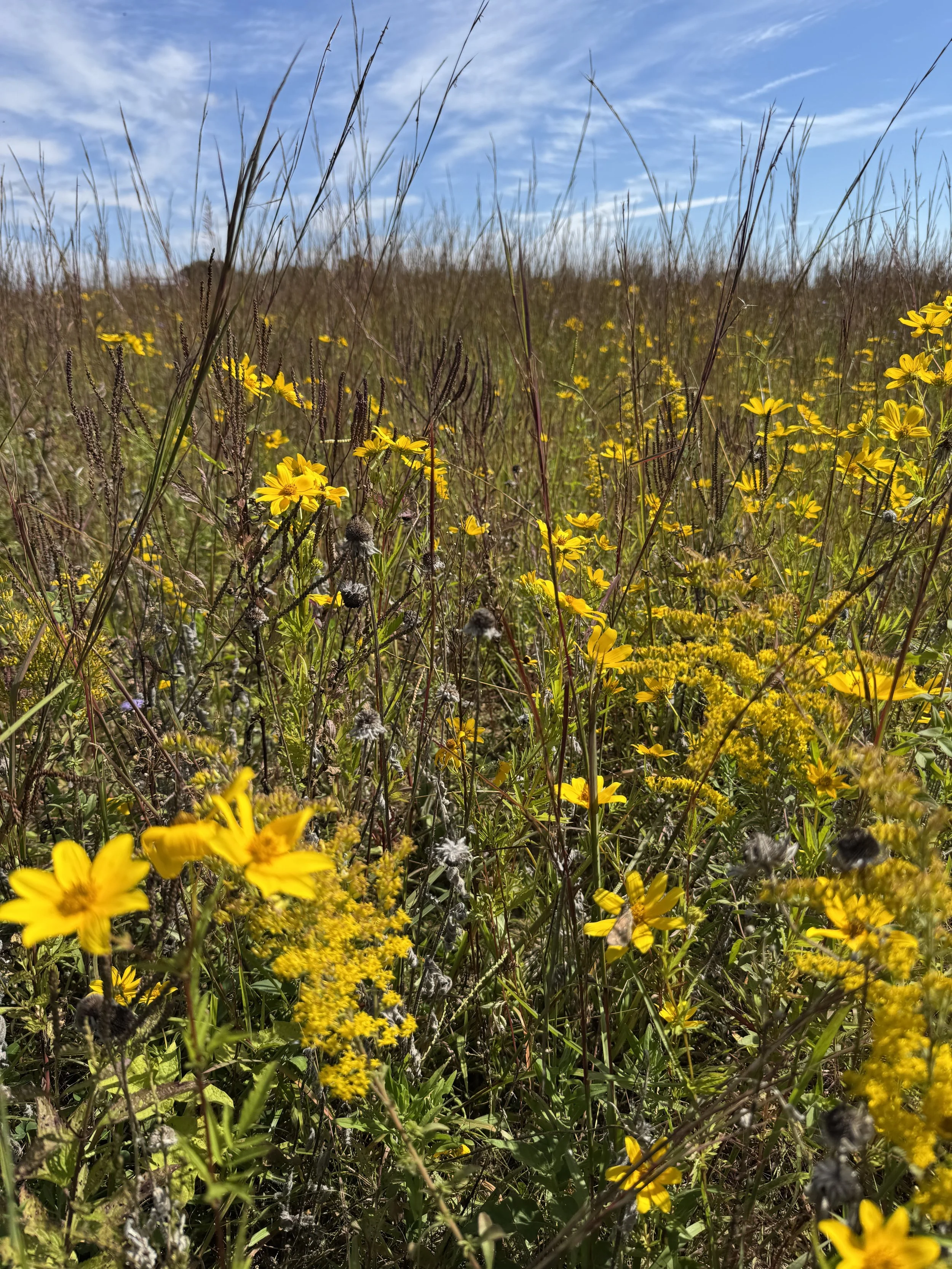
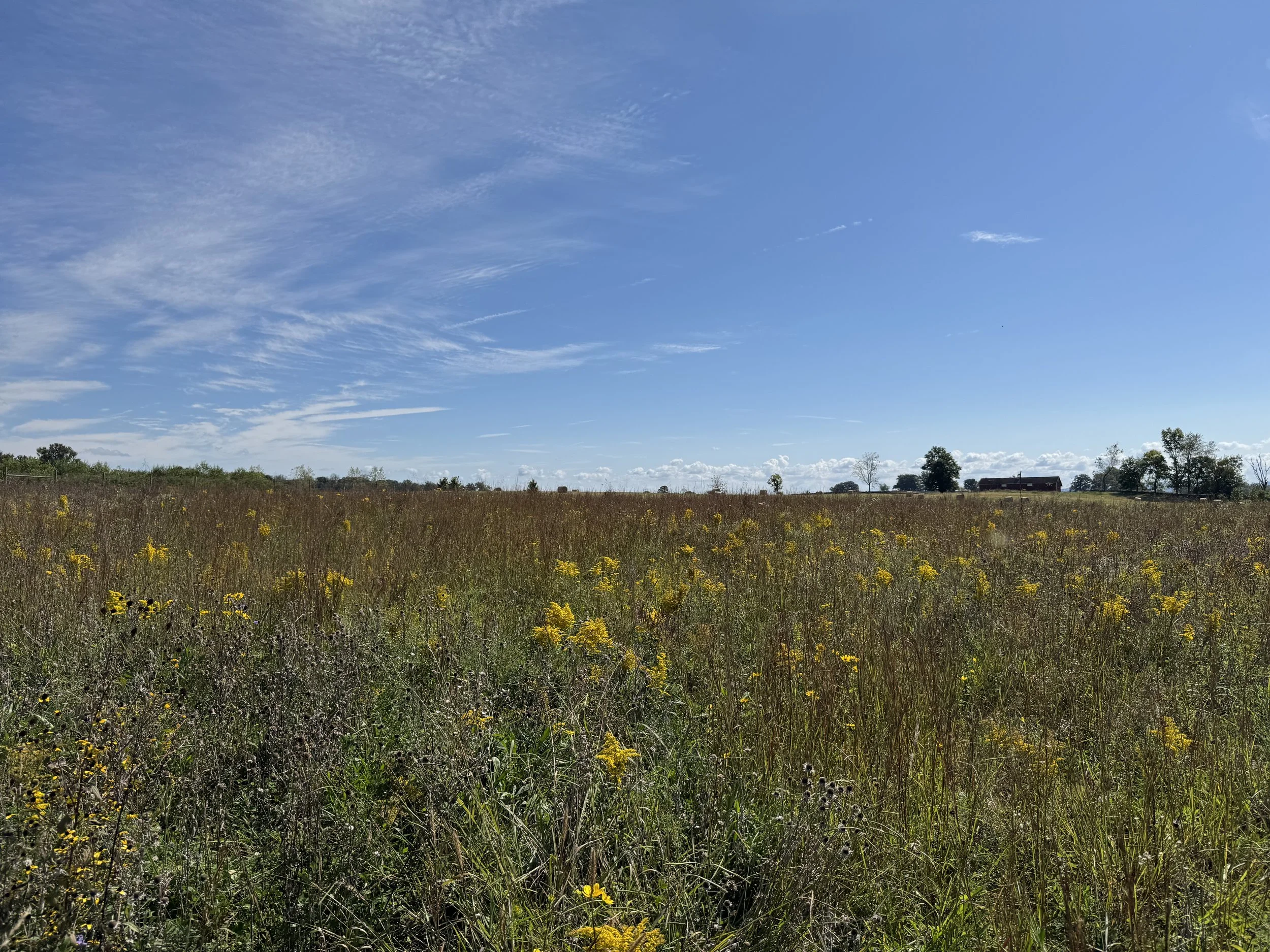
Stay tuned for more updates each year as meadows evolve beautifully overtime. We look forward to sharing new species we find and more insights into various methods!
Thank you to our Head of Biodiversity, Charlotte Lorick, for her time and insights on this blogpost. Photos are by Josh Rector, Charlotte Lorick, and Tiffany West.


